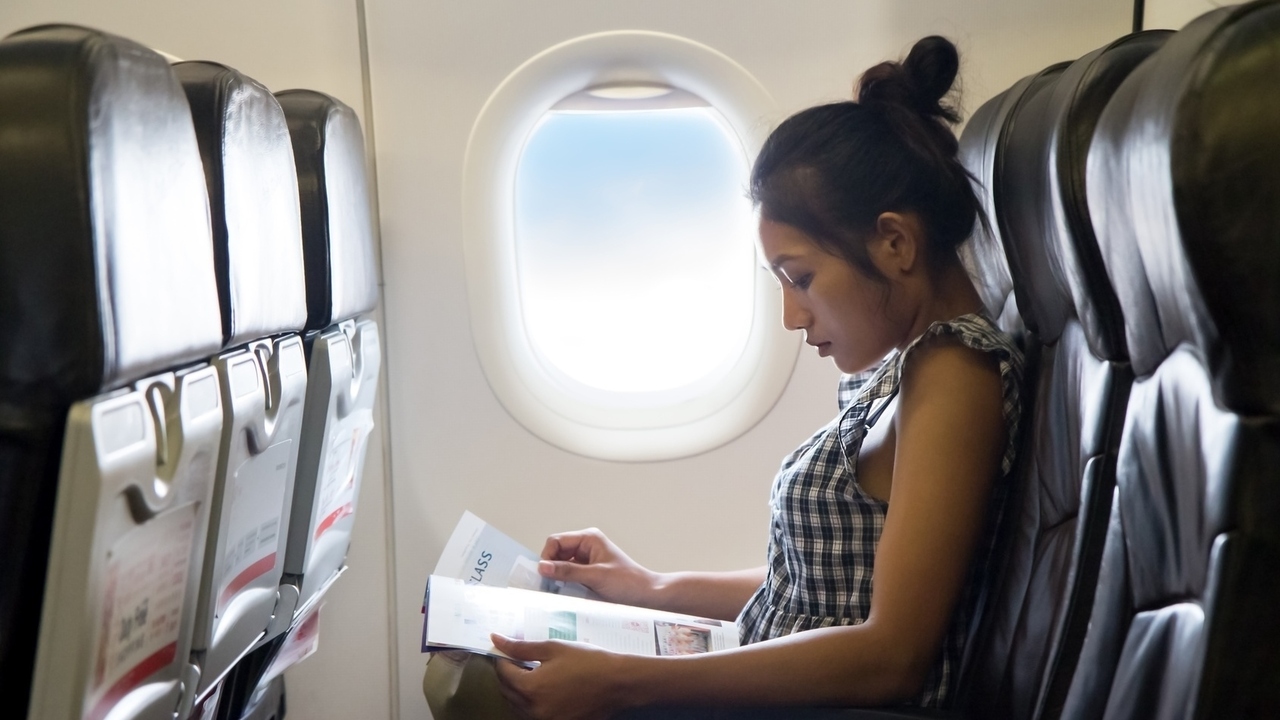Some small children cannot seem to resist the urge to explore their bodies by putting foreign objects into the nose. The object may be just about anything small enough to fit, including food, seeds, beads, pieces of crayons, erasers, paper wads, buttons, and even small toys. Here are some tips to get the object out.
Symptoms of something in the nose
Children who have a foreign object in the nose often have one or more of these symptoms:
• Difficulty breathing through one nostril
• Complaining of pain or irritation in the nose
• Irritability, particularly in infants
• Foul-smelling or bloody nasal discharge
Do’s and Don’ts
If you determine that something is in your child’s nose, check out these Do’s and Don’ts to safely take care of the problem:
• DON’T poke around in the nose with a cotton swab or other tool. You may push the object further into the nose and make it harder to remove.
• DON’T have the child take a deep breath through the nose, or encourage the child to sniff, which may pull the object further into the nose. Instead, have the child breathe through the mouth until the object is removed.
• DON’T use tweezers or any other tool to try to remove the object if it is far up in the nose. If you can’t see the object, so not reach for it.
• DON’T try to use tweezers even If the object is near the entrance to the nostril if the surface is smooth, like a bean or bead. You are more likely to push the object further into the nose, and if the pliers slide off the smooth surface, you can damage the tissue inside the nostril.
• DO have the child try to gently blow the object out of the nose. Once you know which side the object is on, hold the other nostril closed and have the child blow gently to try to dislodge the object. Avoid blowing too hard, or doing this too often.
• DO call for emergency medical assistance or go to the emergency room for help if you can’t easily get the object out on your own.
It’s important to remove any foreign object from the nose as soon as possible to allow the child to breathe easily and to prevent irritation, bleeding, and infection in the nostril. You may also need to see your doctor or visit the ER if the nose won’t stop bleeding after the object is removed. See your doctor if you suspect your child has an infection in the nose after the object is removed.
Sources:
Mayo Clinic
National Institutes of Health Medline Plus





Add a CommentComments
There are no comments yet. Be the first one and get the conversation started!